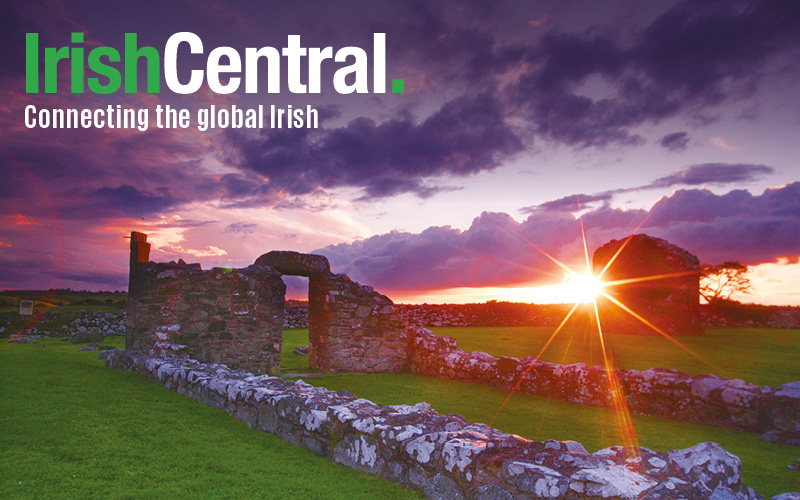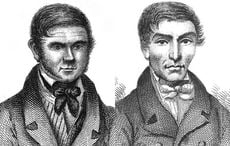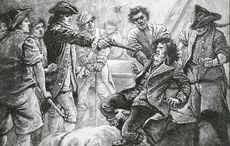It’s well established that Britain is a long-loved destination for Irish immigrants, but the true influence of our island on the population of our nearest neighbors can be seen in data from Ancestry DNA that reveals the average British person is one-fifth Irish.
England has the lowest rate of Irish ethnicity across the UK and Ireland, but the average still ranges from 26.7% in Lancashire down to 15.4% in East Anglia. Northern regions generally have the highest rates of Irishness, while the capital London clocks in at 21.8%. The Irish favorites of Manchester and Liverpool also boost the Irish ethnicity averages for their regions. The old “boat to Liverpool” is still having an impact there.
As for the other nations that make up Great Britain, those all have a higher average Irish ethnicity. In Southern Scotland the average person is nearly one half Irish. Those closer to the border with England averaged at 46.6% Irish ethnicity, while their northern brethren, while less Irish, were still 38.1% Irish. Given the short distance between Ireland and Scotland, a mere 13 miles at its shortest, it’s not surprising that many Irish traveled the short distance across the water in the search of work in cities such as Glasgow.
Wales and the Isle of Man had lower Irish ethnicity averages again at 31.3% and 30.5% respectively.
The most surprising thing about the results from AncestryDNA may in fact be the percentage for the average Irish ethnicity across the four Irish provinces. The population of Ireland is, for the most part, still fairly homogeneous.
Read more: Academic calls for Liverpool to become Ireland’s 33rd county
You may be surprised to learn that the average percentage of Irish ethnicity is quite low in some places in Ireland. In Ulster, for example, the average person's DNA is only 51.9%. The simple explanation for this, however, is that the short distance between Ireland and Scotland does not just operate on a one-way basis. For centuries the two nations have crossed back and forth at ease. Add to this the Ulster Plantation in the 17th century when many native Irish were stripped of their land which was given to Scottish and English settlers. These factors make the low percentage of Irish DNA less remarkable.
The remaining provinces show a much higher average percentage of Irish DNA: Leinster 71.8%, Munster 71.4% and Connacht, which has the highest percentage at 76.7%. This last result is most likely due to the fact that much of the internal migration among the Irish people took them westward, especially during the time of the plantations and of Oliver Cromwell. Cromwell's infamous “To hell or to Connacht” seems to have resulted in the most Irish part of Ireland by DNA..
Read more: Some tales of the "Celts" exposed by the science of DNA




Comments